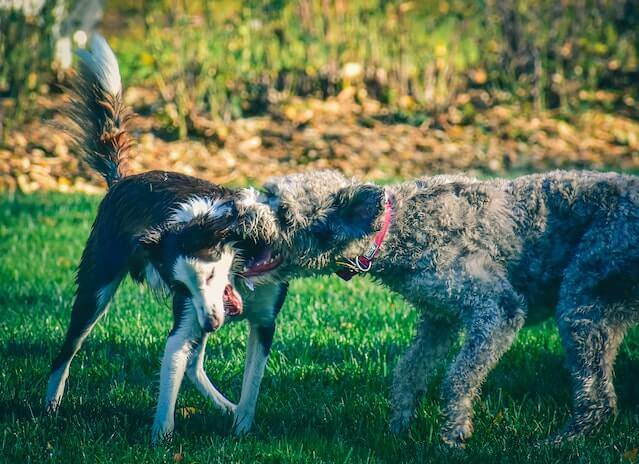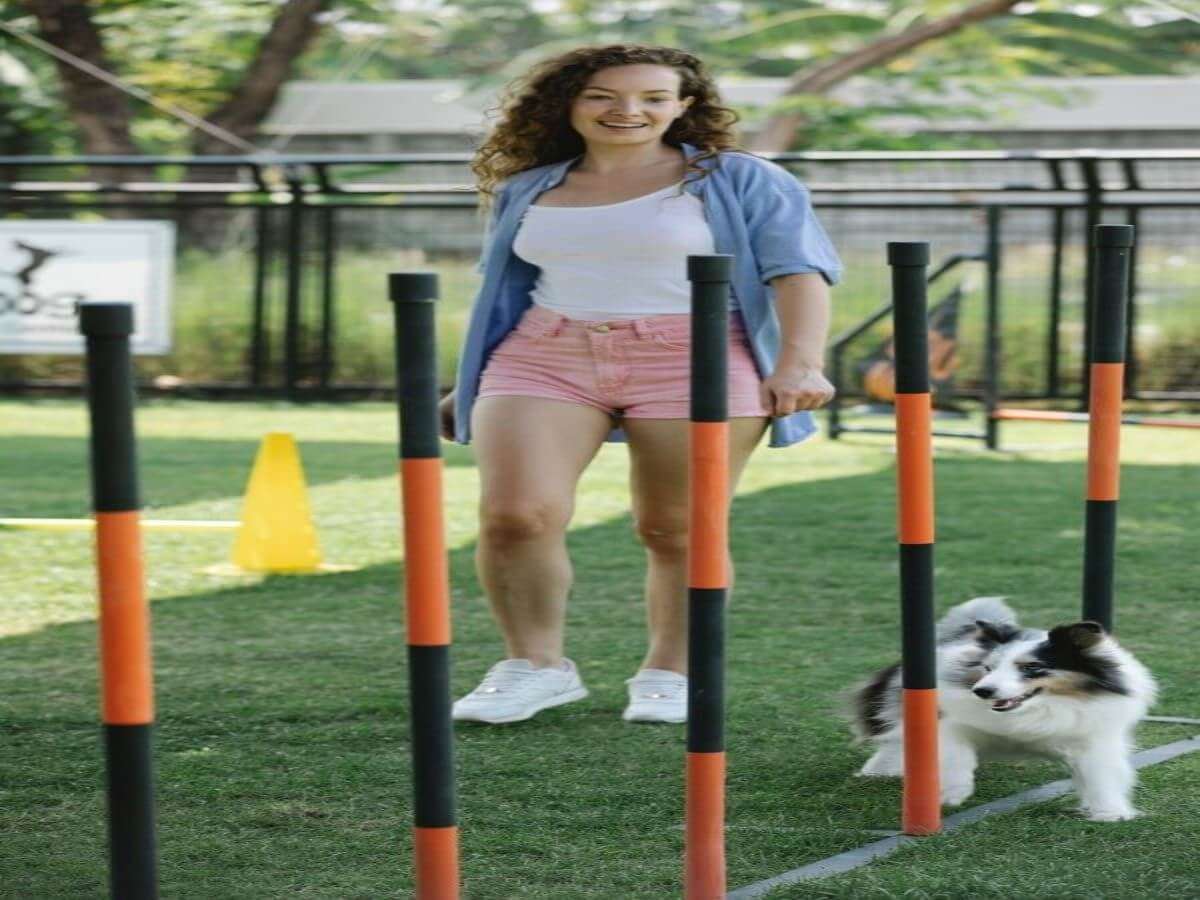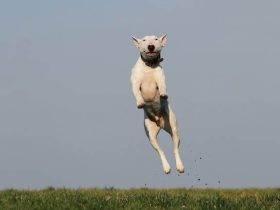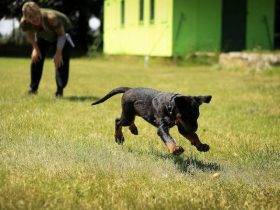How to Identify Aggression in Dogs: Signs and Behaviors to Watch For
Aggression in dogs is a character that scares dog lovers. As such, lovely dog owners and prospective dog adopters always want to watch out that their pets do not exhibit such shameful canine aggression. Having an understanding of and recognizing aggression in dogs is crucial for their well-being and the safety of those around them.
Whether you’re a new dog owner or have noticed aggressive behavior in dogs most especially your furry friend, this guide will help you identify signs of aggression in dogs. By being able to recognize these behaviors, you can take appropriate steps to address the issue and seek professional help when needed.
How does aggression in dogs manifest?
Dogs communicate their emotions and intentions through body language and vocalization. knowing this effective dog communication style, will aid in recognizing aggressive behavior in your dog and handling aggressive dog behavior could be simple.
why your dog is so aggressive: signs and symptoms
these are some of the signs and symptoms to identify in an aggressive dog; growling, barking and Snarling etc
A. Is Growling an aggressive dog behavior?
When it comes to dog behavior, growling is often associated with aggression. However, it’s important to delve deeper and understand the nuances behind this vocalization. Dogs communicate using a range of vocalizations, and growling is one of them. It’s essential to recognize that growling in dogs doesn’t always indicate aggression. Growling can be a form of communication and can stem from various factors, including fear, frustration, pain, or a desire to assert boundaries. also, growling could be a clear warning sign that your dog is uncomfortable or feels threatened. It’s essential not to dismiss growling as “just a phase” but to address the underlying cause.
4 dangerous causes of Growling in dogs
- Fear and Anxiety: Dogs may growl when they feel threatened or anxious in a particular situation. It’s their way of expressing discomfort and attempting to create distance.
- Pain or Discomfort: Dogs in pain may growl as a warning sign to prevent further contact or manipulation of the affected area. It’s crucial to approach dogs exhibiting pain-related growling with caution and seek veterinary care.
- Resource Guarding: Some dogs growl when they perceive a threat to their resources, such as food, toys, or territory. This behavior serves as a warning to others to stay away and protect what they consider their possessions.
- Social Aggression: Dogs may growl during social interactions with other dogs as a way to establish dominance or assert their boundaries. Proper socialization and understanding of dog body language are essential in managing these situations.
B. Does Your Dog Bark and Snarl means aggression in dogs?
Intense, prolonged barking accompanied by snarling or showing teeth can indicate an aggressive response. This behavior may be triggered by fear, territoriality, or protection of resources.
C. what does a stiff dog body posture mean
An aggressive dog often exhibits a rigid or stiff body posture. The dog may stand tall, with their tail raised or bristling fur. They may also lean forward, displaying a tense and alert body.
D. Direct Eye Contact:
A dog displaying aggression may maintain unwavering eye contact, staring intensely at the target of their aggression.
E. Raised Hackles:
Raised hackles, the fur along the dog’s back and neck, can indicate heightened arousal or aggression. The fur may stand on end, making the dog appear larger and more threatening.
3 main types of Dog aggression
- 1 Possessiveness and Resource Guarding:
Aggression can be triggered when a dog feels the need to protect their resources, such as food, toys, or territory. Watch out for the following signs of possessiveness and resource guarding:
a. Growling or snapping when someone approaches their food bowl, treats, or favorite toys.
b. Becoming defensive or aggressive when approached near their resting area or personal space.
c. Guarding behavior, such as standing over objects, curling lips, or showing possessiveness by refusing to share.
- 2. Fear and Defensive Aggression:
Fear-based aggression is a common form of aggression in dogs. Dogs may display aggression when they feel threatened or cornered. Look for these signs of fear and defensive aggression:
a. Trembling or cowering when approached or in unfamiliar situations.
b. Attempting to retreat or hide, but if escape is impossible, resorting to defensive aggression as a means of self-preservation.
c. Raised hackles, bared teeth, and defensive body postures (e.g., tail tucked between legs).
- 3 Social Aggression:
Social aggression refers to aggression displayed towards other dogs or animals. Signs of social aggression can include:
a. Lunging, barking, or growling when encountering other dogs on walks or in social settings.
b. Intense staring or snapping when another dog approaches or attempts to interact.
c. Chasing, biting, or engaging in fights with other animals.
Conclusion:
Recognizing signs of aggression in dogs is crucial for their well-being and the safety of those around them. By observing their body language, vocalizations, and specific behaviors related to possessiveness, fear, and social interactions, you can identify potential aggression in your dog. If you notice any concerning signs of aggression, it is recommended to seek professional guidance from a certified dog trainer or behaviorist. With the right knowledge and appropriate intervention, you can work towards addressing the aggression and helping your dog lead a happy and well-adjusted life.
Treating Aggression in Dogs: 5 Simple and Effective Steps
Dealing with aggression in dogs can be challenging, but it’s important to remember that with the right approach and consistent training, most aggressive behaviors can be successfully addressed. we will explore five simple yet effective steps for treating aggression in dogs. By following these steps and seeking professional guidance when necessary, you can help your furry friend become a well-behaved and balanced companion.
what causes and Triggers aggression in dogs behaviour
The first step in treating aggression is identifying the triggers and underlying causes. Is your dog aggressive towards strangers, other animals, or when guarding resources? Observe their behavior and keep a record of triggering situations. This information will help you understand the root cause and tailor your approach accordingly.
Seek Professional dog trainer Guidance
Aggression in dogs is a complex issue that often requires professional intervention. Consider consulting a certified dog trainer or behaviorist experienced in aggression management. They will assess your dog’s behavior, provide expert guidance, and create a personalized training plan tailored to your dog’s specific needs.
Positive Reinforcement Training
Positive reinforcement is a powerful tool in treating aggression. Reward-based training techniques involve reinforcing desirable behaviors with praise, treats, or play while redirecting and discouraging aggressive reactions. By focusing on positive reinforcement, you can build trust, reshape your dog’s behavior, and strengthen your bond.
Behavior Modification Techniques
Behavior modification techniques play a vital role in addressing aggression in dogs. Counterconditioning and desensitization are commonly used methods. These involve gradually exposing your dog to the triggers that provoke aggression in a controlled and positive manner, rewarding calm behavior, and helping them develop new associations with previously aggressive stimuli.
Consistency, Patience, and Supervision
Treating aggression requires consistency, patience, and close supervision. Implement the training techniques consistently and reinforce positive behaviors throughout your dog’s daily routine. Be patient and understand that progress takes time. Additionally, ensure a safe environment by managing interactions, avoiding triggers when possible, and providing proper supervision to prevent incidents.
Conclusion: Treating aggression in dogs is a journey that requires dedication and a well-structured approach. By identifying triggers, seeking professional guidance, implementing positive reinforcement training, employing behavior modification techniques, and maintaining consistency and patience, you can make significant progress in managing and addressing your dog’s aggression. Remember, professional assistance is invaluable in dealing with complex aggression cases. With your commitment and the right resources, your beloved canine companion can learn to overcome aggression and thrive in a harmonious environment.





Leave a Reply